An Electrifying Development
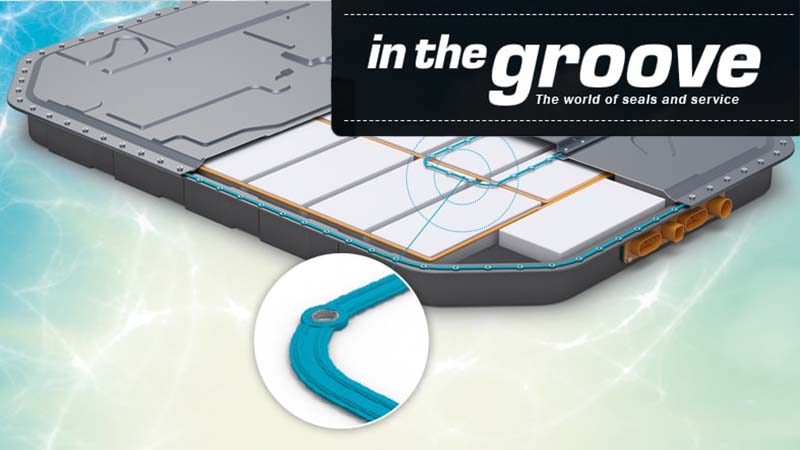
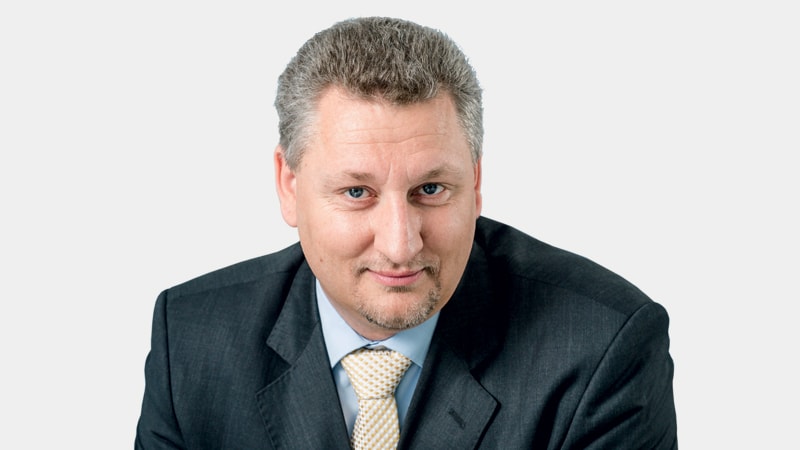
are buzz words that we hear regularly. Over the past few years, this technology has gathered significant momentum and it shows no sign of slowing down. More electric According to a report by the International Energy Agency (IEA)*, there were 3.1 million electric vehicles on the roads globally in 2017. However, this is expected to grow exponentially to at least 125 million and potentially 220 million by 2030. But eMobility is not just about cars. It also applies to e-Bikes, e-Skateboards, e-Scooters and even electric passenger aircraft and helicopters.
The eMobility market is very fast-paced with new technology and players constantly emerging. It is one in which Original Equipment Manufacturers (OEMs) and system suppliers are faced with distinctive challenges and requirements that are ever changing. This makes the industry unique, in that customers do not yet have clearly defined standards or established solutions. The innovation rate in the industry is therefore extremely high, with strong pressure to bring the right products to market quickly.
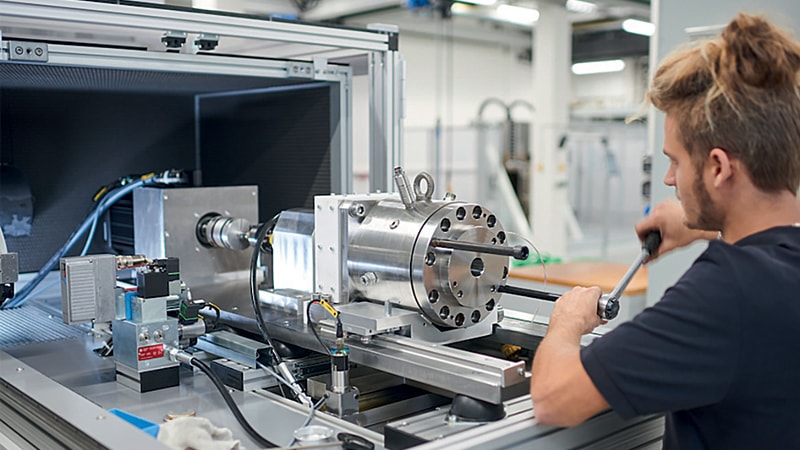
To keep the industry’s momentum going, customers need component suppliers that are reliable and competent partners, who can react quickly to meet their needs; from design, product development and prototyping, through to serial production.
At Trelleborg, the customer is always our biggest focus. By combining innovation technology and an efficient R&D organization, we reduce the time needed to develop products and manufacture first functional prototypes. Finite Element Analysis (FEA) and other design tools, such as Computer Aided Design (CAD), Computational Fluid Dynamics (CFD) and Computer Aided Manufacturing (CAM), allow us to work in the virtual world, helping us to meet our customers’ tight schedules.
We can also cut development time by utilizing the expertise that we have acquired in other industries and apply it to eMobility applications. Our facilities house cutting-edge technologies and high-end test equipment originally intended for other industries, such as our fire testing lab for aerospace and our multi-purpose rotary test benches which can be shared to more rapidly bring solutions into production.
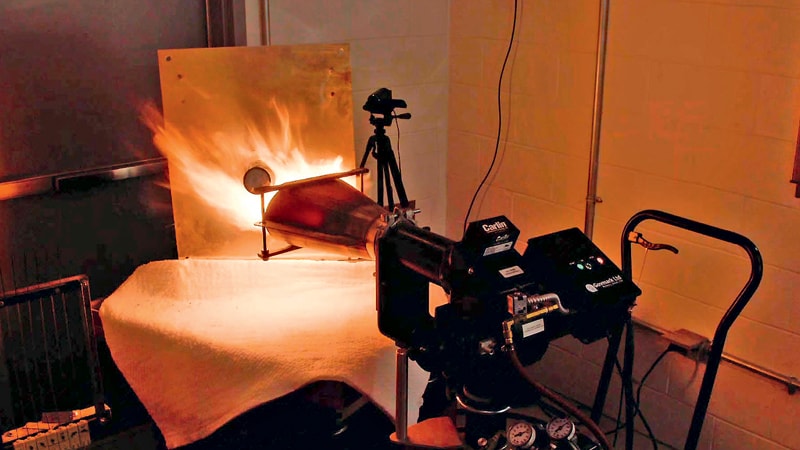
The challenges for sealing are similar in every type of eMobility application. The battery needs to be protected from environmental influences and vibration and other components must operate at high speeds. Additionally, seals must prevent the ingress of dirt and other media, and if the systems are lubricated, they must also be compatible with the lubricant.
When it comes to cars, the requirements for seal performance in an electric motor are generally higher than for seals in a combustion engine. In particular, e-Motors operate at significantly greater speeds and temperatures.
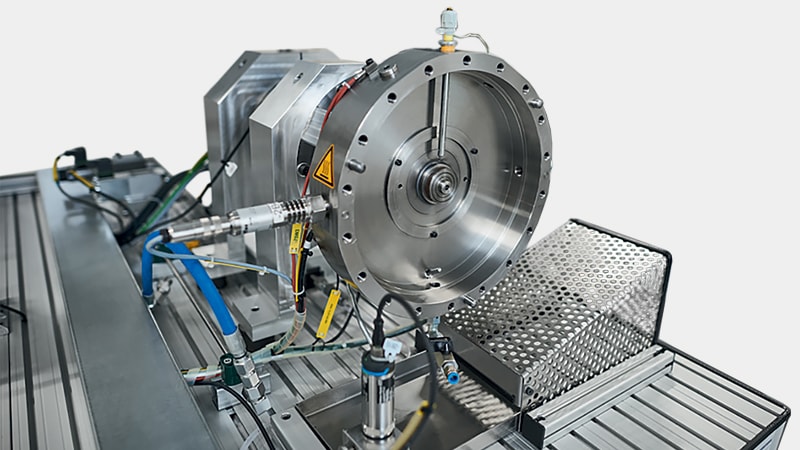
Turcon® MC1 and Turcon® MC2 are the first electrically conductive Polytetrafluoroethylene (PTFE) based compounds for use in spring-loaded and elastomer-energized seals. They enable us to guarantee important properties such as insulation, thermal and electrical conductivity, as well as electromagnetic shielding. These Turcon® materials are an optimum solution for electrical systems, meeting the new and unique sealing challenges it poses. The compounds need to withstand the high temperatures typically found in the e-Motor, as well as the battery’s fluids.
Fluid compatibility is particularly complex as the media used in the e-Motor differs from that used in gasoline and diesel engines, which have established and proven sealing solutions. In addition, there is a further challenge: the chemical cocktail of a fully charged battery is different than that of an empty one.